6 Proactive Triggered Messages and Why We Love Them
September 14, 2020

Behavior-based triggered messages are (or should be) a cornerstone of every email marketer’s strategy. Personalized marketing has been statistically proven to outperform generic batch-and-blast campaigns, and sent in response to customers’ actions, triggered messages are inherently personalized. The most common varieties, such as welcome and abandonment emails, are also inherently reactive. Are you sending proactive triggered messages, too?
Proactive triggered messages present the opportunity to get in front of your customer, even if their behavior hasn’t yet given you a prompt. Here are six examples and the brands doing them well:
Wayfair: Back In Stock
Cart abandonment emails are among the most common triggered messages. But what about those items that you can’t add to your cart because they’re unavailable? Deploy back in stock messages, like Wayfair does. The customer has already expressed enough interest in this TV stand to try and buy it. Not letting them know when they can is a missed opportunity.
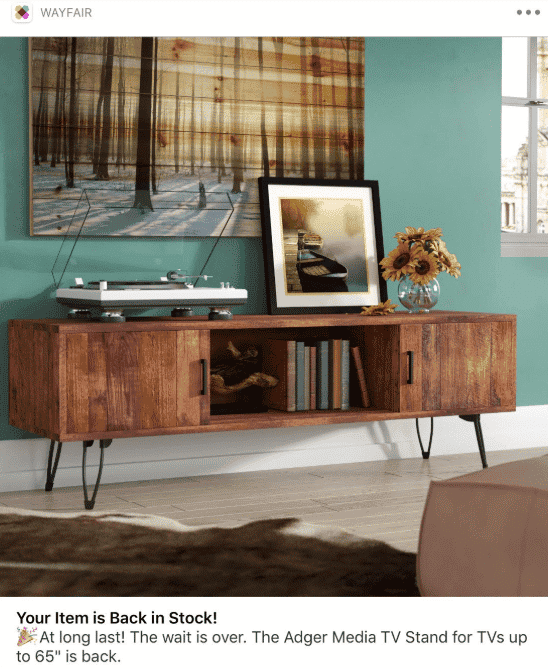
Kenneth Cole: Happy Birthday
When you sign up for a brand’s list, there are two pieces of data in particular nearly all of them ask for: email address and birthday. The latter perfectly exemplifies proactive triggered messages. Everyone loves happy birthday wishes, especially when accompanied by a discount. Compared with the average marketing email, birthday messages boast 179% more unique clickthrough rates and 342% more revenue. We like the way Kenneth Cole goes the time-bound discount route, increasing the odds that the customer will convert quickly.
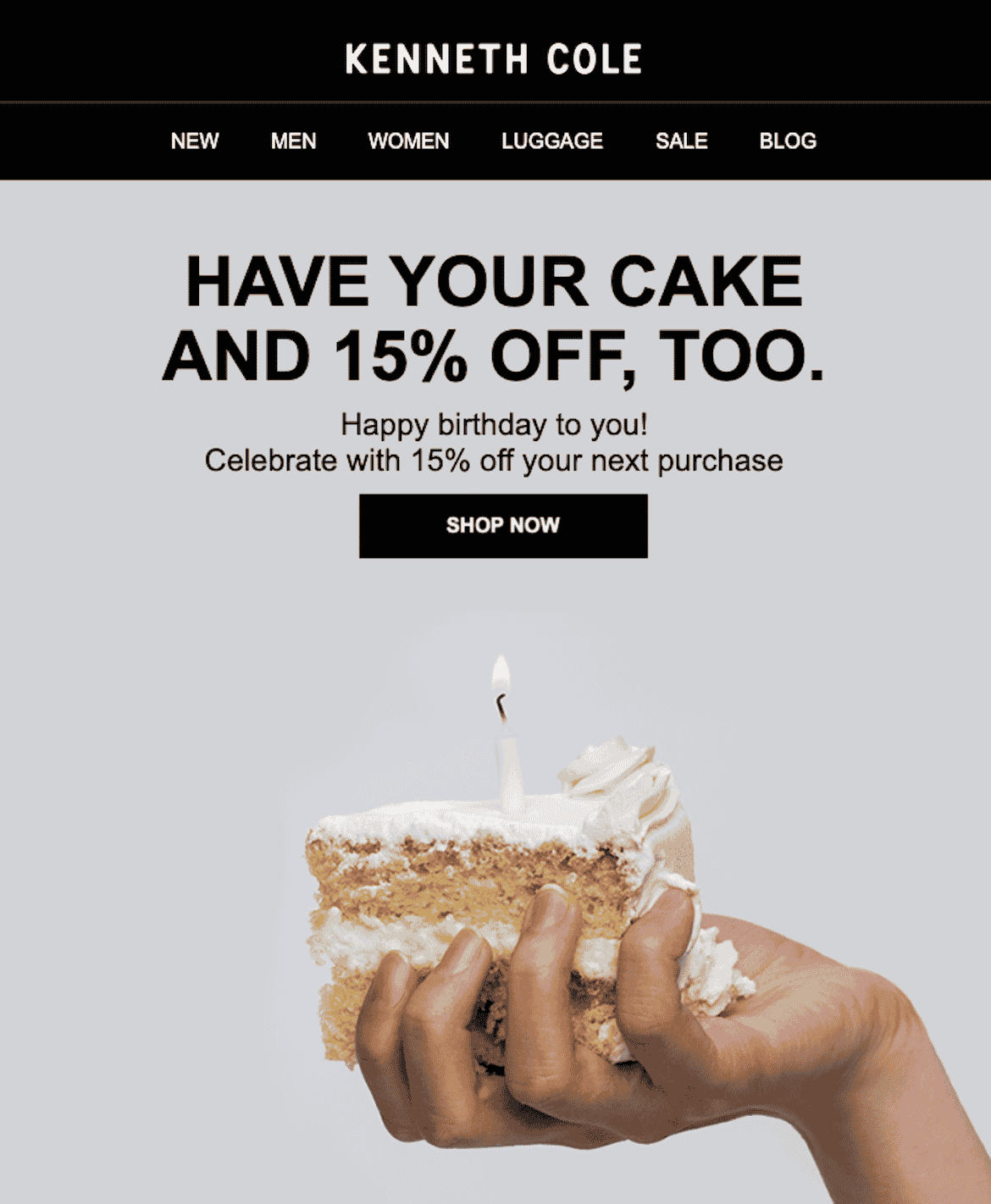
Dollar Shave Club: Happy Anniversary
There’s also the anniversary, another great variety of proactive triggered messages. Zola keeps it on brand by wishing the customer a happy anniversary, though that’s not exactly a universal milestone. What everyone does have is a signup date. Dollar Shave Club says “Happy anniversary” with a discount for a mystery item (which is consistent with the customer’s previous activity).
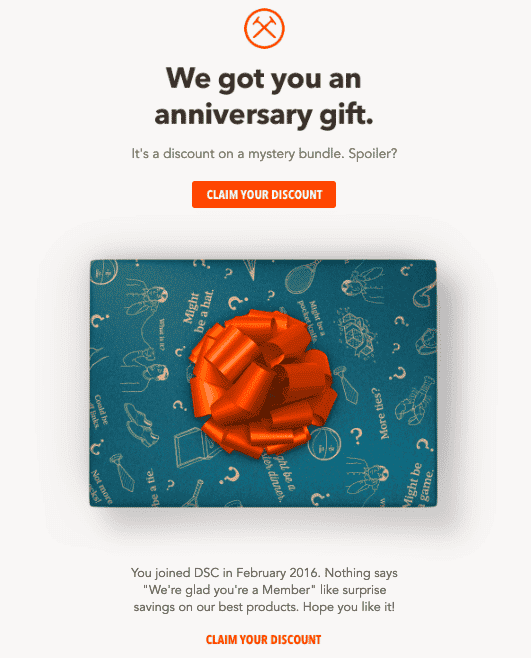
Chairish: Price Drop
Browsing, favoriting, adding to a cart: There are plenty of customer behaviors that indicate interest in a particular item. Unfortunately, when that interest doesn’t translate to a purchase, you’re left guessing why. In the event it’s price-related, Chairish emails customers to let them know a favorite item has been marked down — nearly 70% in the case of this blue chair.
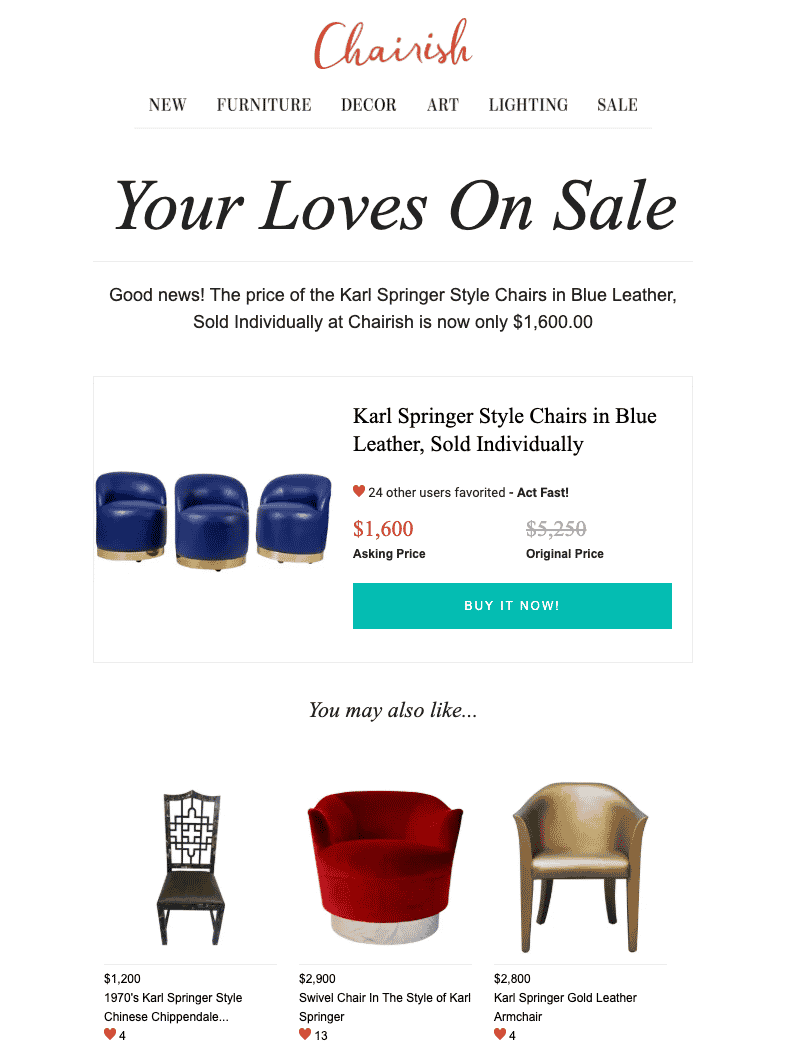
Tory Burch: Following Up
When we looked at the most opened and clicked emails we sent last holiday season, Tory Burch came up twice. The first was a holiday card-themed message offering customers a $50 gift card in lieu of a traditional discount. A few weeks later, Tory sent a follow-up email reminding people to cash in, complete with a gift guide full of shopping inspiration.
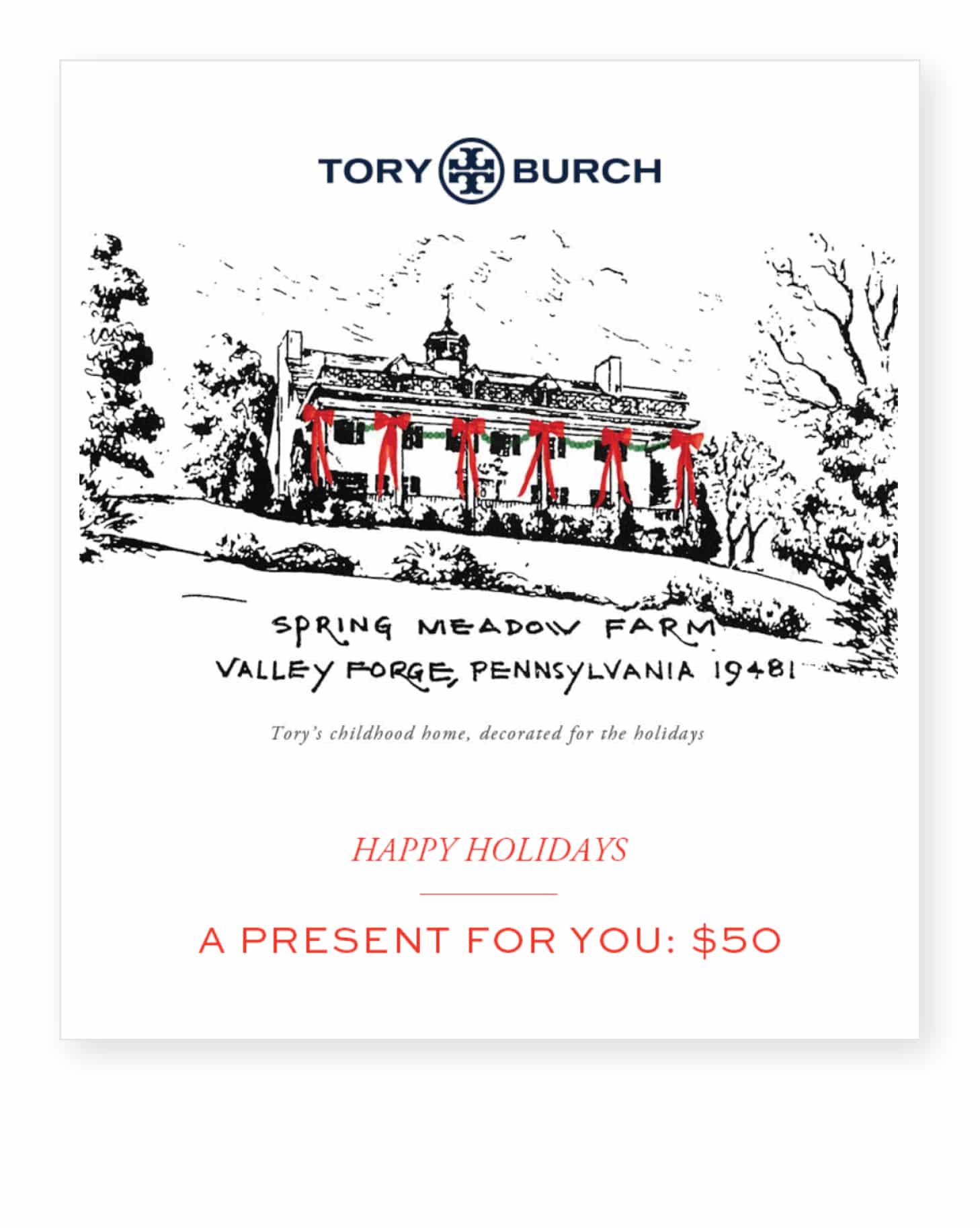
Airbnb: Acknowledging Life Events
Airbnb sends emails like this, a blend of content and bookable experiences, to travelers shortly before their trips. One could argue that this is a post-purchase message… but it’s also a separate value-add in its own right. This email makes the traveler more excited about traveling, while also cementing Airbnb as a trusted resource for all things travel.
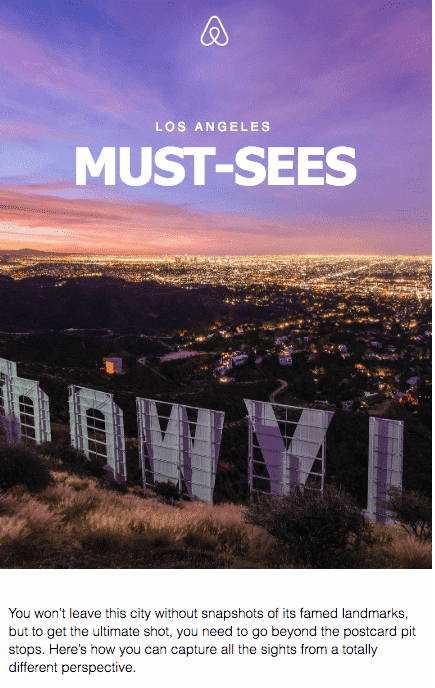
To learn more about the more common kinds of triggered messages, click here to download The Ultimate Playbook to Triggered Messaging for Retail Marketers: Best Practices for Increasing Revenue with Email and Multichannel Triggers.
The State of Brand Loyalty in the U.S. in 2023
Related



